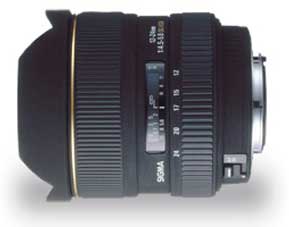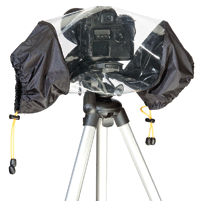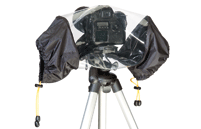Autumn photography: essential gear and tips
Autumn photography – Gear you need:
![warm clothes]() Warm clothes
Warm clothes
Standing around in the wilderness while the sun is low in the sky can be chilly work, so make sure you wrap up warm. Particularly as you are likely to be standing still for a long period of time.
Build up the layers and include waterproofs for when the skies invariably open.
Wellies
Getting the right angle for your composition can often require standing on ground that is less firm, such as a boggy field – or even in the middle of a stream.
By donning a pair of wellies you can ensure your feet stay warm and dry, no matter where you venture.
Gloves
If you’re taking pictures your hands are constantly exposed to the elements – instead of nicely tucked away in your pockets – so can very quickly get cold. You need a pair that will still allow you to operate your camera while keeping you warm. Consider fingerless pairs or thinner thermal types – some manufacturers, such as Lowepro, even produce specialist photo gloves for this purpose.
Torch
As the light fades it can become difficult to find buttons on your camera or even spare cards inside your camera bag, so have a small pocket torch on you. It can also be handy to light the way on your walk back to the car.
![tripod]() Tripod / monopod
Tripod / monopod
Long shutter speeds are needed to create a large depth of field, and at dusk or dawn especially you’ll need a steady tripod to avoid camera shake. Chances are that the light is going to drop faster than you’d expect, so ensure that you have some camera support for low-light photography. If you’re serious about your autumn shots, make sure you bring the sturdiest tripod you can carry.
Macro lens
Some of the best images taken in autumn feature the tiny details of nature, so don’t be afraid to pack the macro lens. A macro lens will allow you to focus right in on the detail and capture some stunning colour and texture, making it perfect for plant life and the autumn colours. So make sure you keep one in your kit bag.
 Wideangle lens
Wideangle lens
This is the most useful lens for your autumn shots because it gives you a nice wide view with the option of a vast depth of field. For APS-C cameras a 10-20mm is ideal, while full-frame users might want a 24mm prime.
Filters
Filters allow you to control the tonal range and bring it within a more even range. By using graduated ND filters you can darken a bright sky, or with solid ND, slow a stream of water into a blur.
 Waterproof cover
Waterproof cover
When the rain does come down you usually have two choices: put your camera away or get it wet, but with an all-weather cover like the Kata E-690, you can keep shooting whatever the weather.
Autumn photography – Top tips for shooting:
Make a note of the light
With the days getting shorter, the golden hour will be constantly changing, so why not make notes on when your favourite spots are at their best?
Revisit old venues
You may have shot a certain landscape hundreds of times, but the chances are that
if you haven’t photographed it in autumn then you’ve probably been missing out.
Get shooting early
Once the autumn colours set in, be sure to capture them quickly. All it takes is one big
storm for them to blow off the trees and the opportunity to pass.
Think Colour
Look for bright, contrasting colours – plenty of reds and greens. Or different shades of colour.
Keep your eyes open
The view at eye level is not always the only one worth photographing. In autumn, much of the interest is above eye level or at your feet.
Use a tripod
Keep your camera steady for those long exposures for a sharper shot and maximum depth of field in your picture.
Now read: How to shoot Autumn pictures, the essential guide to getting the most out of your photos, featuring advice on location, setting your camera for the colours, the golden hour, rule of thirds, depth of field, macro and running water.





